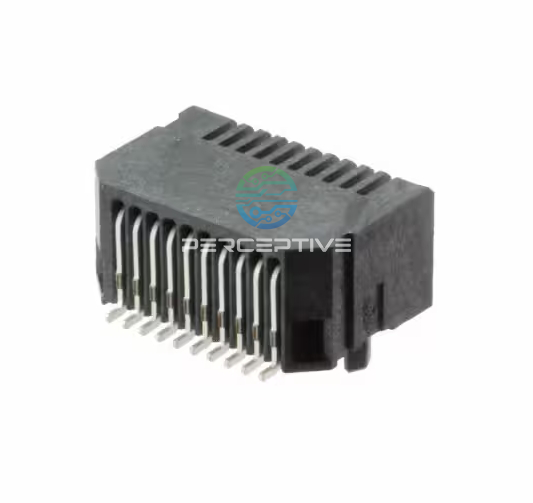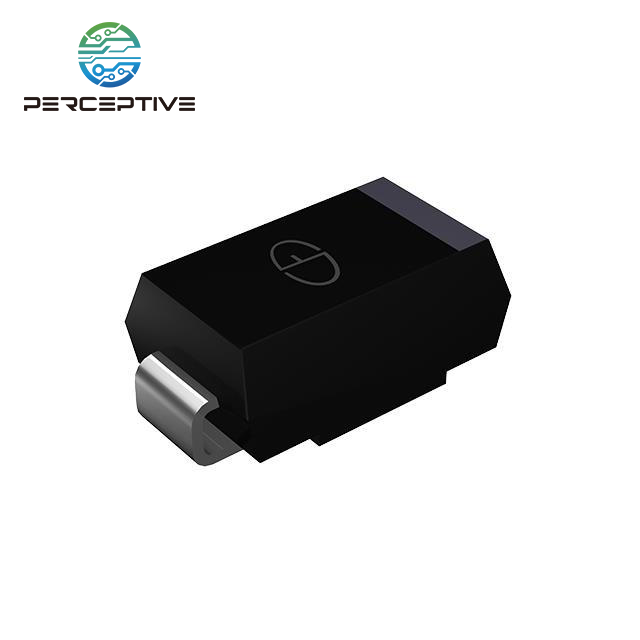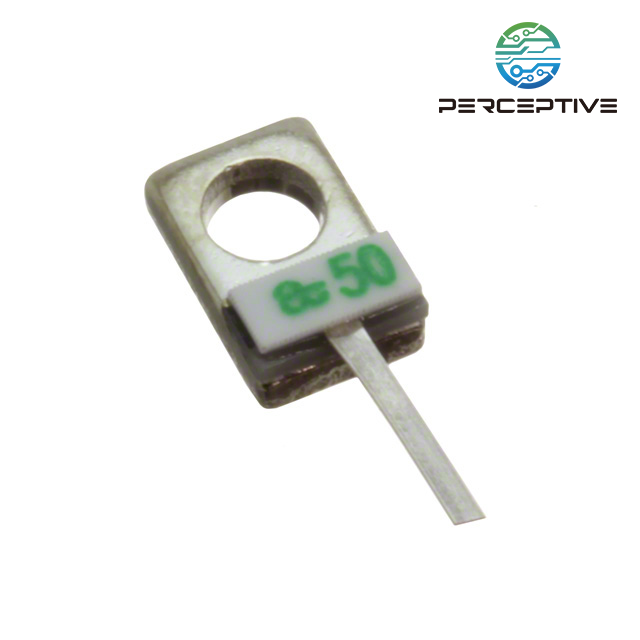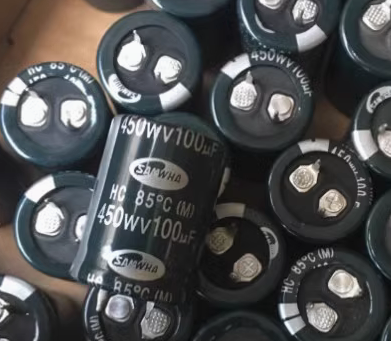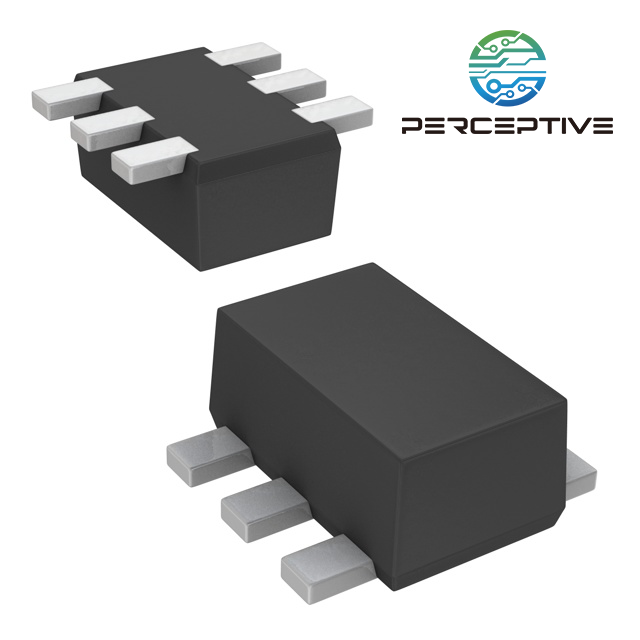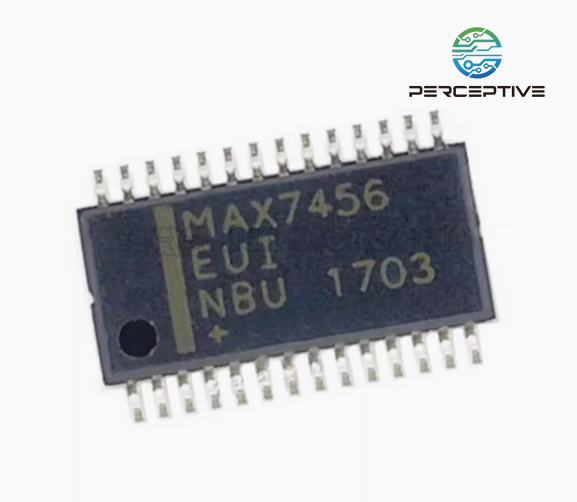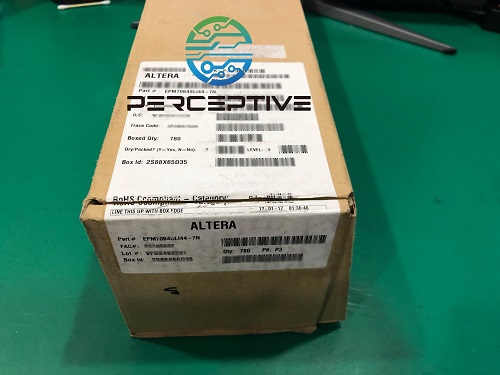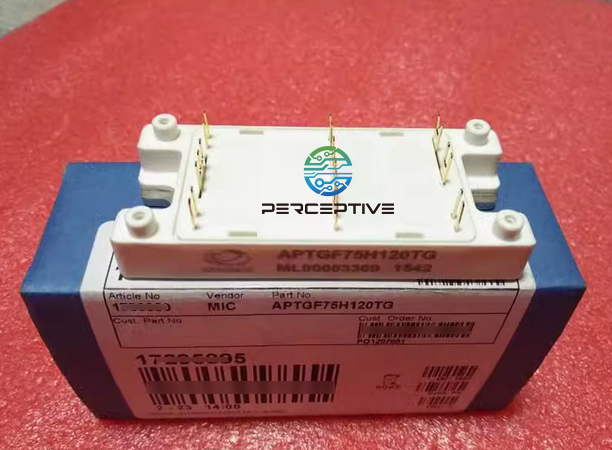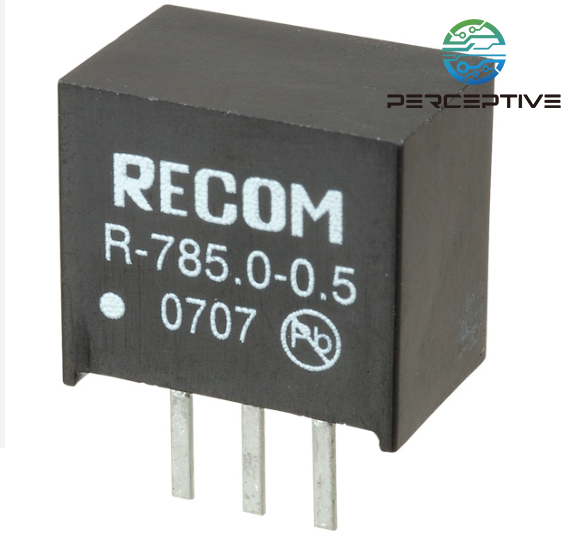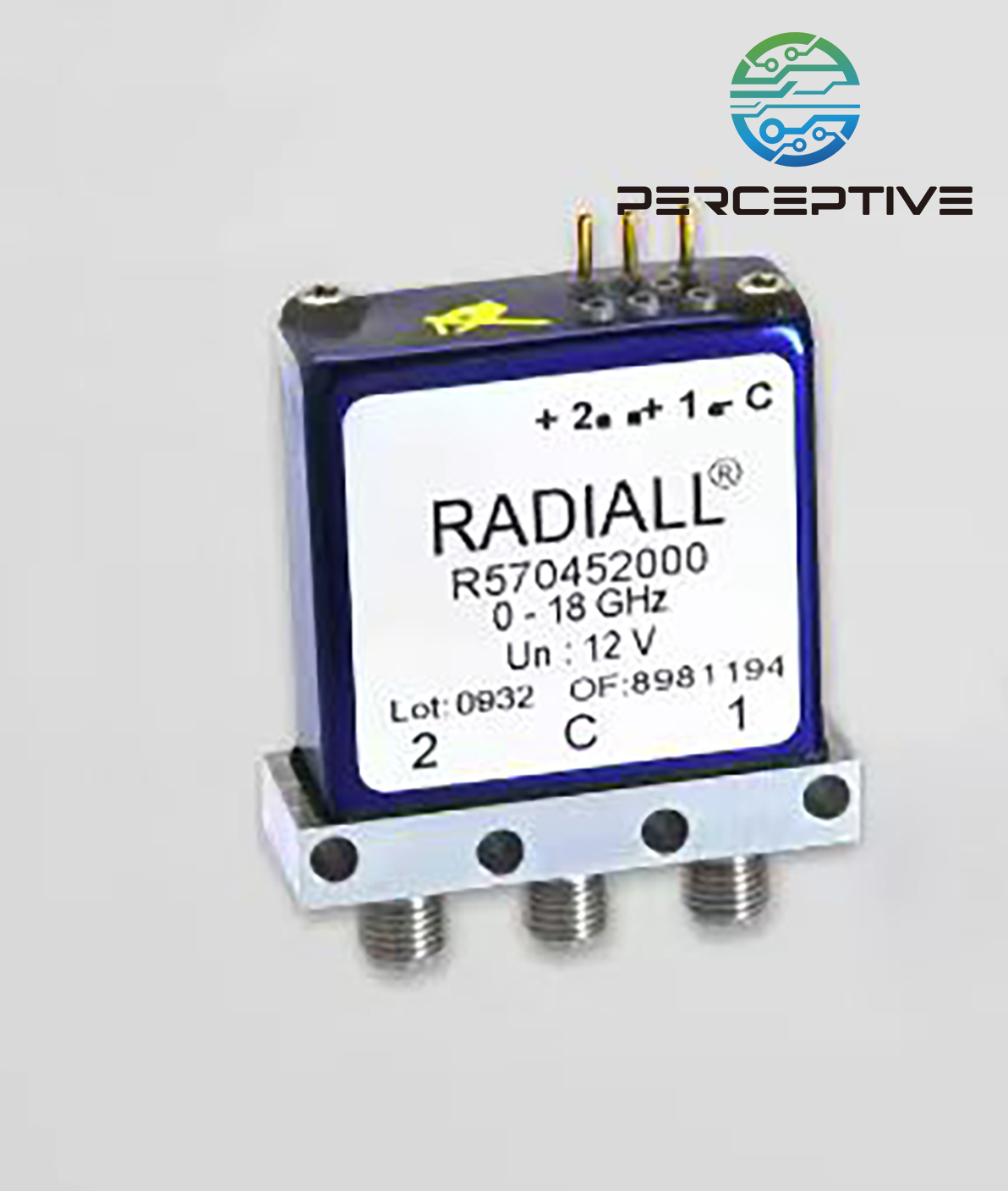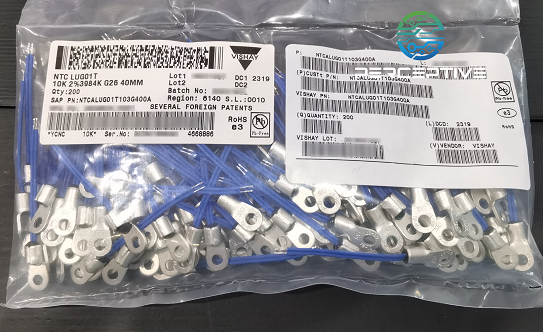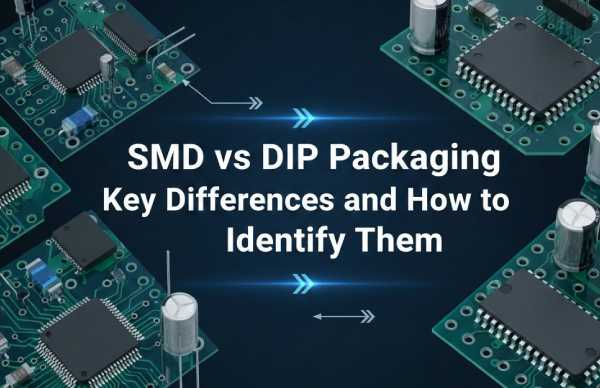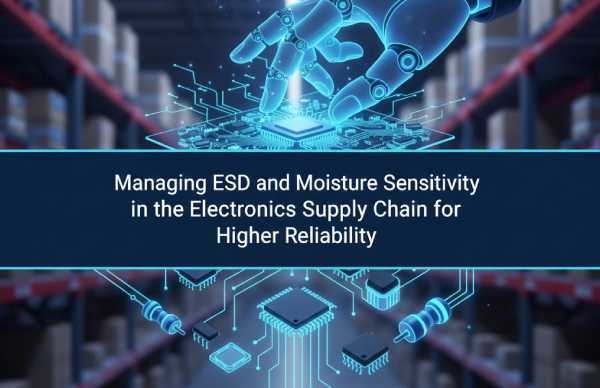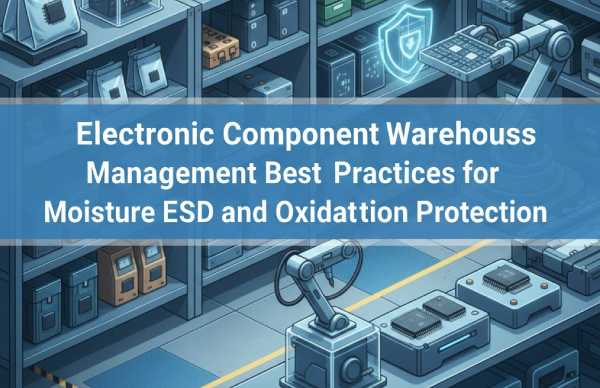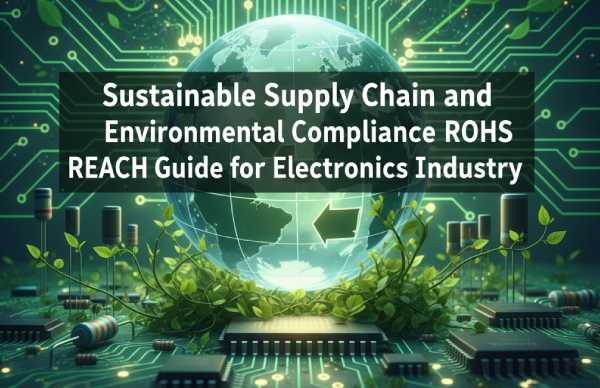In the global supply chain of electronic components, quality control doesn't end at the production line or warehouse—it extends all the way to the hands of the end-user. As electronic components become increasingly miniaturized and sensitive, maintaining their integrity during transportation is crucial. Damaged components not only lead to financial losses but can also compromise the performance and safety of end products. This is why implementing effective protective measures and packaging solutions during transit is a vital aspect of electronic component quality control.

The Fragile Nature of Modern Components
Electronic components such as microcontrollers, ICs, capacitors, and transistors are not just small—they're often highly sensitive to environmental conditions. Electrostatic discharge (ESD), humidity, shock, vibration, and extreme temperatures can all have detrimental effects. For instance, an IC exposed to static electricity during shipping might not show visible damage but could fail during circuit integration or under real-world usage.
Additionally, some components are particularly vulnerable to mechanical stress. Leads can bend or break, and the fragile casing of some semiconductors can crack under impact. Such physical or latent damage can go undetected until the final application, leading to costly recalls or system failures.
Packaging as the First Line of Defense
Effective packaging serves as a buffer between the component and the external environment. Here are key elements to consider in transportation-focused packaging for electronic components:
Antistatic Packaging: Electrostatic-sensitive devices (ESDs) require special protection. Antistatic bags, conductive foam, and ESD-safe containers prevent static buildup and discharge that could fry sensitive circuits.
Moisture Barrier Bags (MBB): Moisture is another silent killer for electronic components, especially during long-distance or sea freight. MBBs combined with desiccants and humidity indicator cards help preserve a dry environment around moisture-sensitive devices (MSDs).
Shock-Absorbing Materials: Bubble wrap, foam inserts, and molded trays can mitigate damage from vibration or accidental drops. These materials distribute mechanical stress evenly, reducing the risk of localized damage.
Temperature-Controlled Shipping: Certain components, like lithium batteries or optoelectronics, may require temperature regulation. Insulated packaging or refrigerated transport options ensure they arrive in optimal condition.
Integrating Packaging into Quality Control Systems
A robust quality control system should integrate packaging considerations as part of its standard operating procedures. This involves:
Component Classification: Understand which parts require ESD, moisture, or shock protection.
Supplier Coordination: Work closely with logistics partners to ensure they follow handling protocols.
Regular Inspection: Perform visual and functional testing upon receipt of goods to catch potential damage early.
Feedback Loops: Maintain data logs of transit issues and continuously improve packaging based on historical incidents.
Going Beyond Standards
While industry standards such as JEDEC J-STD-033 for moisture-sensitive devices and ANSI/ESD S20.20 for electrostatic discharge provide guidance, real-world conditions often demand customized solutions. For instance, combining vacuum-sealing with inert gas flushing might be necessary for highly sensitive components shipped across humid regions. Investing in such tailored solutions reflects a proactive, rather than reactive, approach to quality assurance.
Conclusion: Packaging is Quality
In the competitive world of electronics, quality is not just about what's made—it's about what's delivered. Procurement teams and suppliers alike must recognize that the journey from manufacturer to destination is filled with potential hazards. Thoughtful, well-engineered packaging can mean the difference between a flawless component and a costly defect. By embedding transportation-focused packaging into the broader quality control strategy, companies can ensure reliability, customer satisfaction, and long-term business success.

